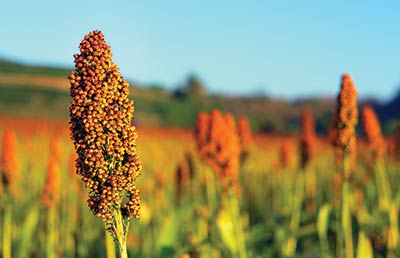IRS Announces 2024 HSA Contribution Limit

The IRS has announced the maximum contribution for health savings accounts for 2024. The maximum contribution for those with eligible plans is $4,150 for self-only coverage ($300 increase over 2023) and $8,300 for those with family coverage. The family coverage increase is $550 compared to 2023 levels. In the past the HSA contribution limit has grown around $50/$100 per year, making these increases seem rather large. The $1,000 catch-up contribution for those age 55 and older remains unchanged.
To qualify for an HSA account, an individual or family must have a high deductible health plan (HDHP). The term high deductible is a bit of an overstatement in this circumstance as farmers are used to paying deductibles well in excess of requirements. For 2024, a qualifying HDHP must have an annual deductible of $1,600 for self-only coverage or $3,200 for family coverage. In addition, annual out of pocket expense limits may not be more than $8,050 for self-only coverage and $16,100 for family coverage.
Even though they’ve been around for quite some time, Health Savings Accounts are still an underutilized tool. The accounts allow for pre-tax contributions and tax-free growth of contributions. Many plans allow for not only cash investments but also entrance into the stock market. For producers that file a Schedule F, an HSA is the simplest and a cost-effective way to receive a deduction for medical costs. Most Schedule F farmers cannot deduct their medical expenses because they do not meet the thresholds for itemizing deductions. It generally takes nursing home expenses or a catastrophic medical event to get over the itemized deduction hurdles. Also, these accounts are not just for those of us that have reached a certain age or a certain medical condition. They are important tools for building reserves for young healthy individuals as well.
By contributing to a health savings account, you get the benefit of the expenses through your income tax return regardless of hurdles. Then you can choose to pay your medical expenses from the account or just let it grow. Once an individual is enrolled in Medicare they can no longer make contributions, but that does not mean there are issues with the balance that has accumulated in the account. It can continue to be used to pay medical expenses or can be used to pay things like Medicare and long-term care insurance premiums (two of the few types of health insurance for which an HSA can be used). At retirement age the HSA can become an additional source of retirement income if not used for medical expenses. At age 65, withdrawals can be made penalty free even for non-medical expenses. The withdrawals are taxed at ordinary rates, similar to an IRA withdrawal.
When looking at your health plan for 2024, keep a health savings account in mind. Self-employed farmers pay incredible amounts of health insurance premiums, often with high deductibles and limited coverage. A health savings account can help get some additional income tax benefit while self-funding future medical costs.
Kelly Jackson Hardy is a certified public accountant and business advisor specializing in income taxation, accounting services, and succession planning for farmers, privately-held elevators and supply dealers, and cooperatives. Kelly is a principal with CliftonLarsonAllen in Princeton, Illinois, as well as a regular speaker at tax and estate planning seminars. Kelly was raised on a hog, row crop and cattle farm in central Illinois and has been involved in the ag industry her entire life. Kelly, her husband, and two sons are active in 4-H and operate a small feeder calf operation and pumpkin business.

Comments are closed.